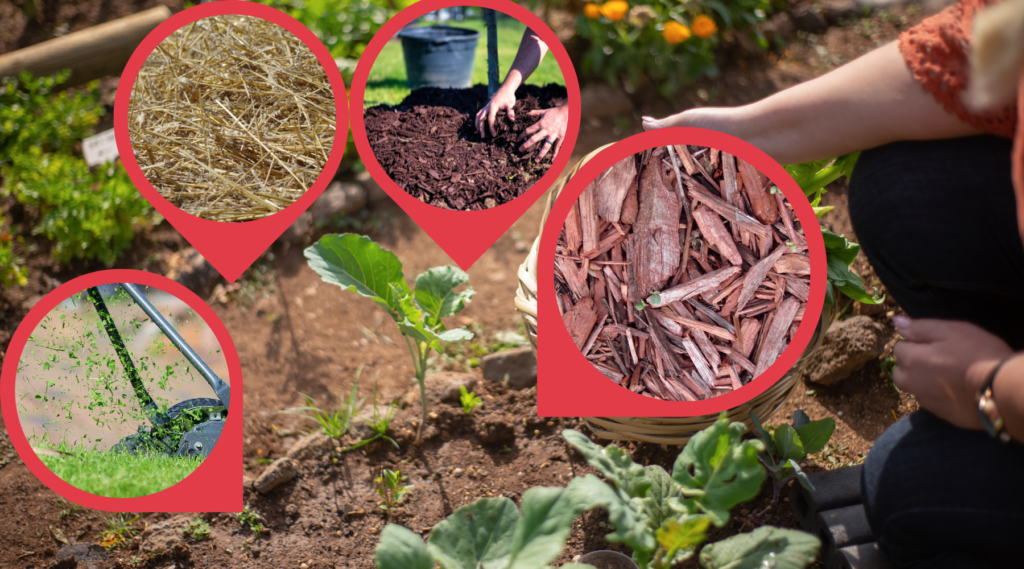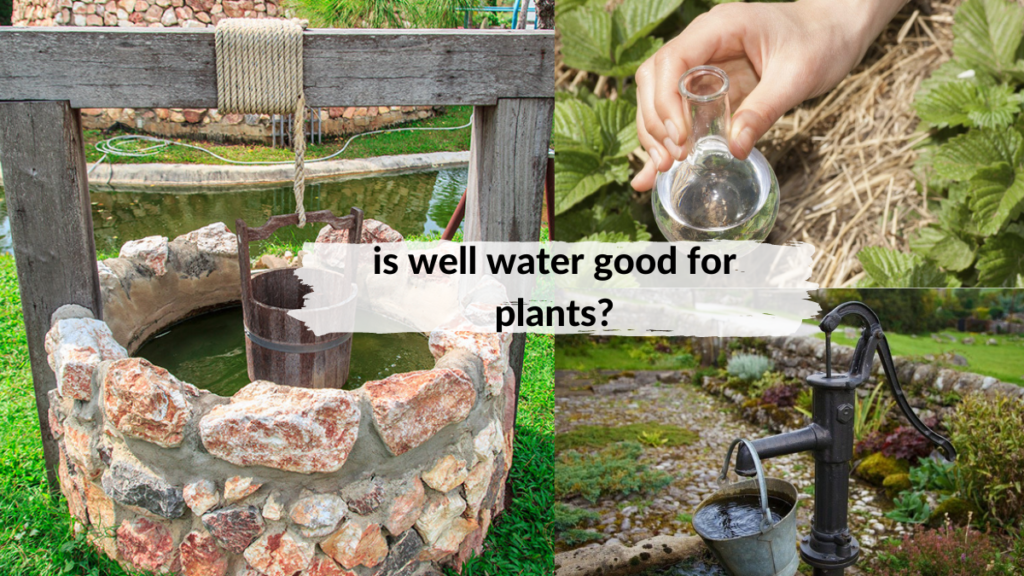If you are a full-fledged gardener through and through, you will surely agree that raised bed, gardening is the real game-changer. And if you are just getting started with using them, you might be wondering why you didn’t make the switch right away.
There are so many things that raised beds have to offer. For starters, you are doing your knees and back a big favour. You just need to perch on the wooden edge while planting or weeding with no need to kneel on mud or gravel.
Your plants will also benefit, as they don’t need to compete for essential nutrients with far-reaching tree roots or lawn grass. Your soil will be free from leaching and erosion with mulch staying right in place.
No problems with compacted earth since they won’t be walked on. Indeed, raised beds can make your garden look more organized and beautiful with bountiful produce.
But, here’s the thing. After you set up your new raised beds, what would you fill them with? Now, this is the main question that you need to answer. Can you just dig out the soil in your current garden? Do you need to buy some?
Knowing the difference between raised bed soil and garden soil can help you create the perfect growing environment for your plants. Raised bed soil and garden soil are both organic soils with beneficial ingredients to have a healthy garden abundant with nutritious vegetables and fruits and colourful and beautiful flowers. Read on to learn more about garden soil vs. raised bed soil to help you choose the best one for your raised beds.

raised bed soil and its benefits
Raised bed soil offers the perfect recipe for the soil in a raised bed with significant advantages for gardeners. This particular soil is meant to be used as a standalone soil mixture in a raised bed sitting on the soil or is completely enclosed within a container. Using it offers the best opportunity to give your plants the most favourable environment. It can be used for large container gardening and raised beds alike.
- Rich in nutrients
Raised bed soil is the ultimate choice to fill your raised beds since this is bolstered with high amounts of organic nutrients like worm castings, kelp meal, and poultry meal that feed the soil where plants will grow in. However, you shouldn’t be contented.
All organic gardens with raised bed gardens included need additional organic fertilizer during the growing season. Most edibles grown in raised garden beds tend to be heavy feeders that require nutrient replenishment with organic granular fertilizer every 5 to 6 weeks.
Just like a potting mix, you can get the best results if you supplement with an organic liquid fertilizer such as kelp and fish every 2 to 3 weeks.
- Soil with good drainage
Raised bed soil is like the balance between potting mix and garden soil. This offers excellent drainage required for raised beds and container gardening. It helps gardeners maintain loose soil and offers sufficient airflow for essential nutrient and oxygen delivery to the root systems.
- Ideal soil pH
With raised bed soil, you don’t need to guess the soil quality since its pH is already balanced between 5.8 and 7.5, the optimal for flower and vegetable gardening.
- Ready to use
As this is formulated for use straight out of the bag, there is no need for you to bother with adding soil amendments so you can grow veggies and flowers. But, most gardeners use this soil as a base mix where they add their compost and soil amendments to make their very own recipe.
how to add raised bed soil to existing soil

Did you notice how the soil in your raised garden bed looks like it shrinks every season? Beneficial microbes in the soil consume it throughout the year that helps produce nutrients and make them available to your plants to help them grow and thrive.
During the start of every season, try to spread a raised bed soil layer within 3 to 4 inches of the upper part of the raised bed. Mix this with your existing soil with 4 to 6 inches depth. This is also the best time to mix in your organic granular fertilizer.
how to fill raised beds with raised bed soil
You just need to fill raised bed soil in your raised bed to 3 to 4 inches below the top.
Follow these steps to use it in a raised bed:
- Fill the raised bed with raised bed soil.
- Follow the instructions on the package and add organic granular fertilizer to every hole where you will put a plant.
- Loosen up the roots of the plant and put it in the soil mix with the root ball slightly above the ground level.
- Water properly and add liquid fertilizer every 2 to 3 weeks.

garden soil and its benefits
Garden soils have been developed mainly for in-ground plants. The majority of garden soils are free although they will need amendments every year to replace those nutrients that have already been used up as well as to prevent the site from turning compact. These are only two of the main characteristics of garden soil but there is still so much more you should know.
Deciding whether you will use potting soil or garden soil is a matter of individual preference. Having said this, you will probably have better luck if you will use purchased garden soil or amended soil outdoors. Here is a quick overview of garden soil.
- Advantages of using garden soil
Garden soils can vary depending on the location as well as the amount of amendment that the gardener puts into the soil, except if you go for a purchased product that is often expensive in bigger areas. These often contain a large quantity of organic matter that is in the form of compost.
Among the top benefits of garden soil is the fact that it can be renewed easily. The mere practice of saving your kitchen scraps then adding them to the soil will already help in improving the texture, density of nutrients, and composition. Another notable benefit of garden soil is that this can pack well around the roots of the plants to allow them to form a thick root base.
- Best time to use garden soil
Garden soil is most suitable for outdoor plants. Many garden soils can be loam, sand, or clay but it is possible to change their composition by simply adding some natural amendments such as compost.
Garden soils can be used in containers but there is a need to add some peat moss and perlite to improve porosity. Garden soil should never be used in containers that you will just bring indoors since these might have some insect eggs that might hatch after some time.
The pH of unaltered garden soil is most suitable for native plants. This is because plants that are indigenous to the place are already adapted well to the pH and specific type of soil. Building a flowerbed and growing plants and vegetables outdoors are some of the best uses of garden soils.
- How to adjust garden soils
Most nursery centers sell some very affordable soil tests. These can come in handy in helping you know the pH of the soil and determine if there are nutrient deficiencies. The ideal soil pH for vegetables is from 6.0 to 8.0. The range is also ideal for most ornamentals and fruit trees.
There are some plants, such as hydrangea, that prefer soil that is slightly more acidic and this can be made by adding gypsum or sulphur. If you have excessively acidic soil, you can use lime to sweeten it.
Adding a few layers of well-rotted manure or compost to your garden bed can also improve the porosity, nutrient content, and soil structure in a natural way.

how to determine your soil content
In case you want to save money and you plan to use your property’s existing soil, you need to have to know its basic composition first.
Knowing the quantity of organic material, soil, and sand that is already present in the soil can help you dial in the amendments that you should add.
To do this, you can use the test kits available in garden centers and hardware stores. Tests are also offered in some areas that can include things such as nutrient profile and ph.
But, if you just want an estimate, there is one simple test that can be done to help you know the basic amount of clay and sand present in your soil.
- Lightly water the spot where you plan to get the soil sample from the night before.
- Dig the sample from a minimum of 4 inches below ground level.
- Collect the sample with the size similar to that of a ping-pong ball.
- Feel the ball’s external texture. If it feels too gritting, chances are in contains a high amount of sand. If the exterior feels too wet or slick, there might be high clay content in the soil.
- Shape it gently to a rough cylinder.
- If it crumbles into mealy or gritty tiny chunks, it probably has a high amount of sand.
- If it crumbles to modes chunks, it might have a good balance of clay, sand, and organic material.
- If it firmly holds its shape, the soil likely has high clay content.
When you know the difference between raised bed soil vs. garden soil, it will be easier for you to choose the best soil for your beloved raised garden.




